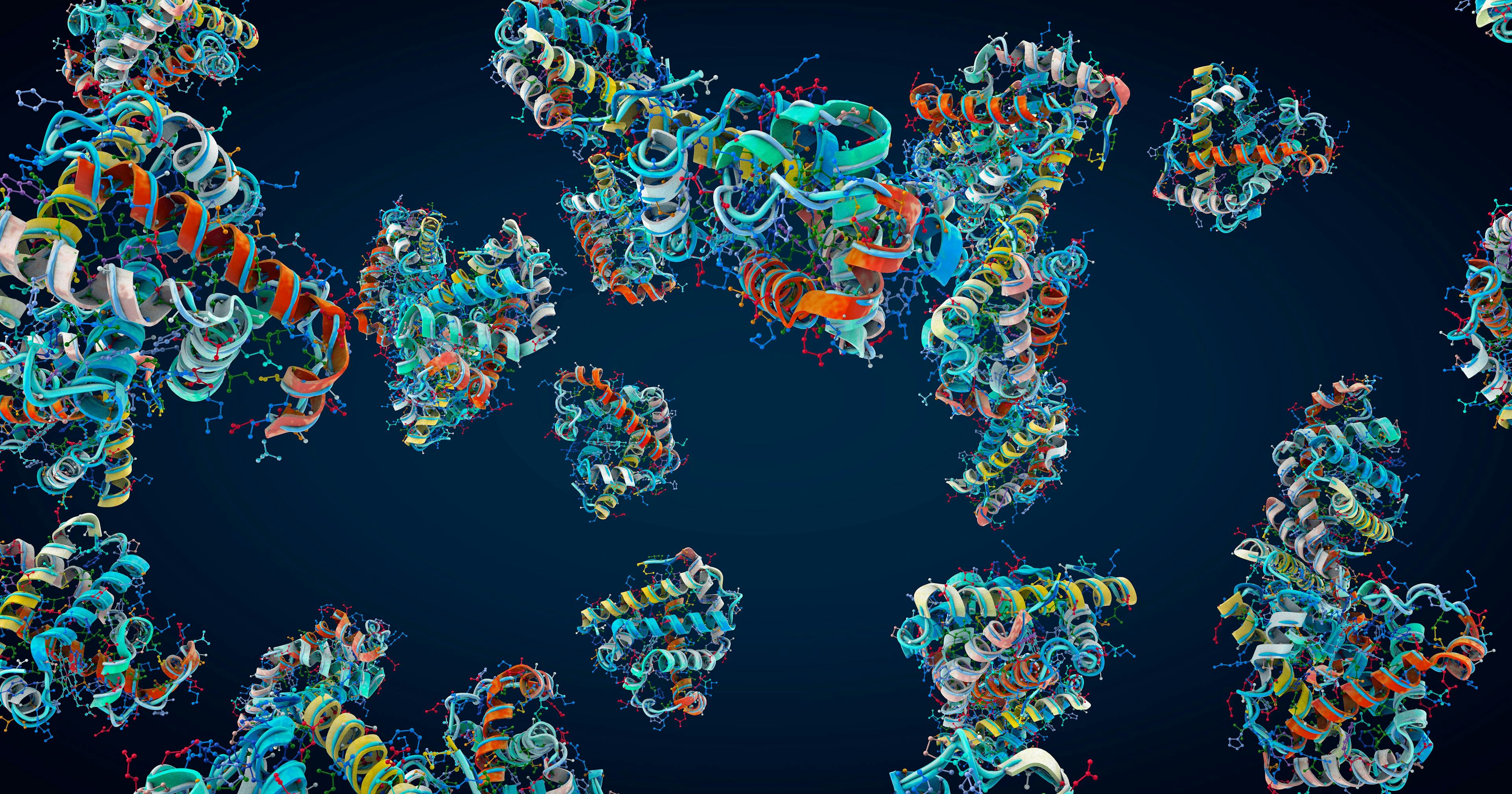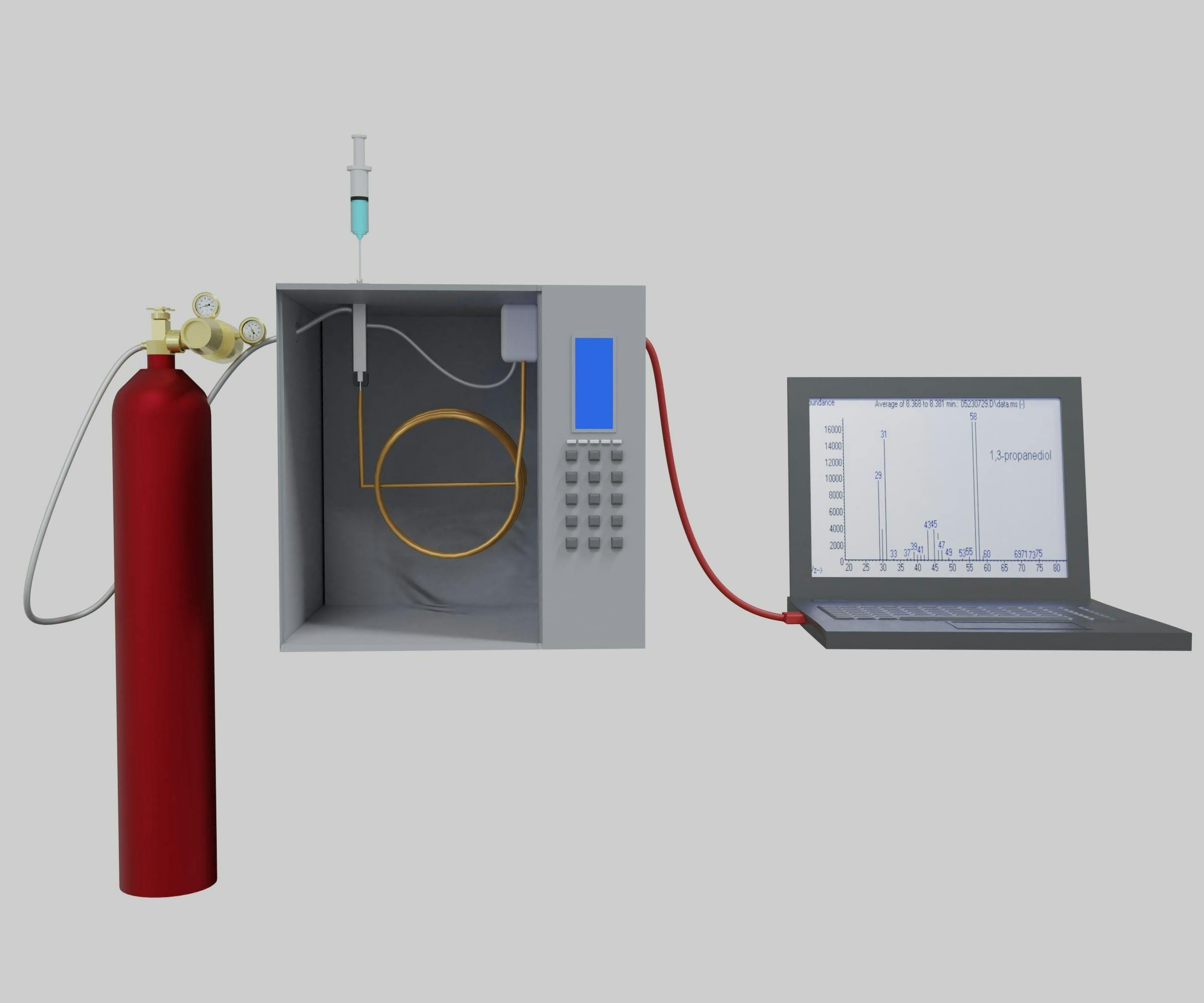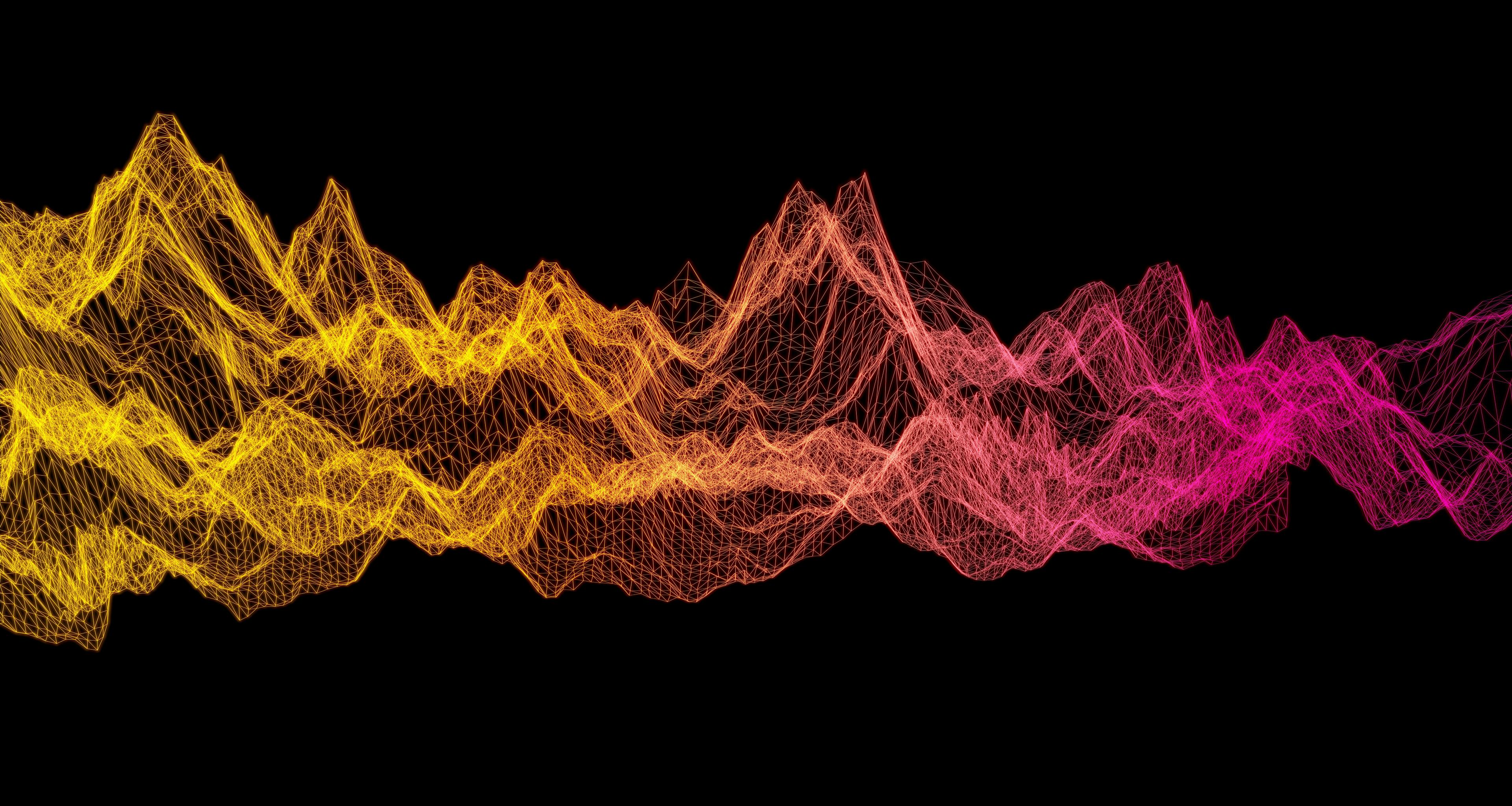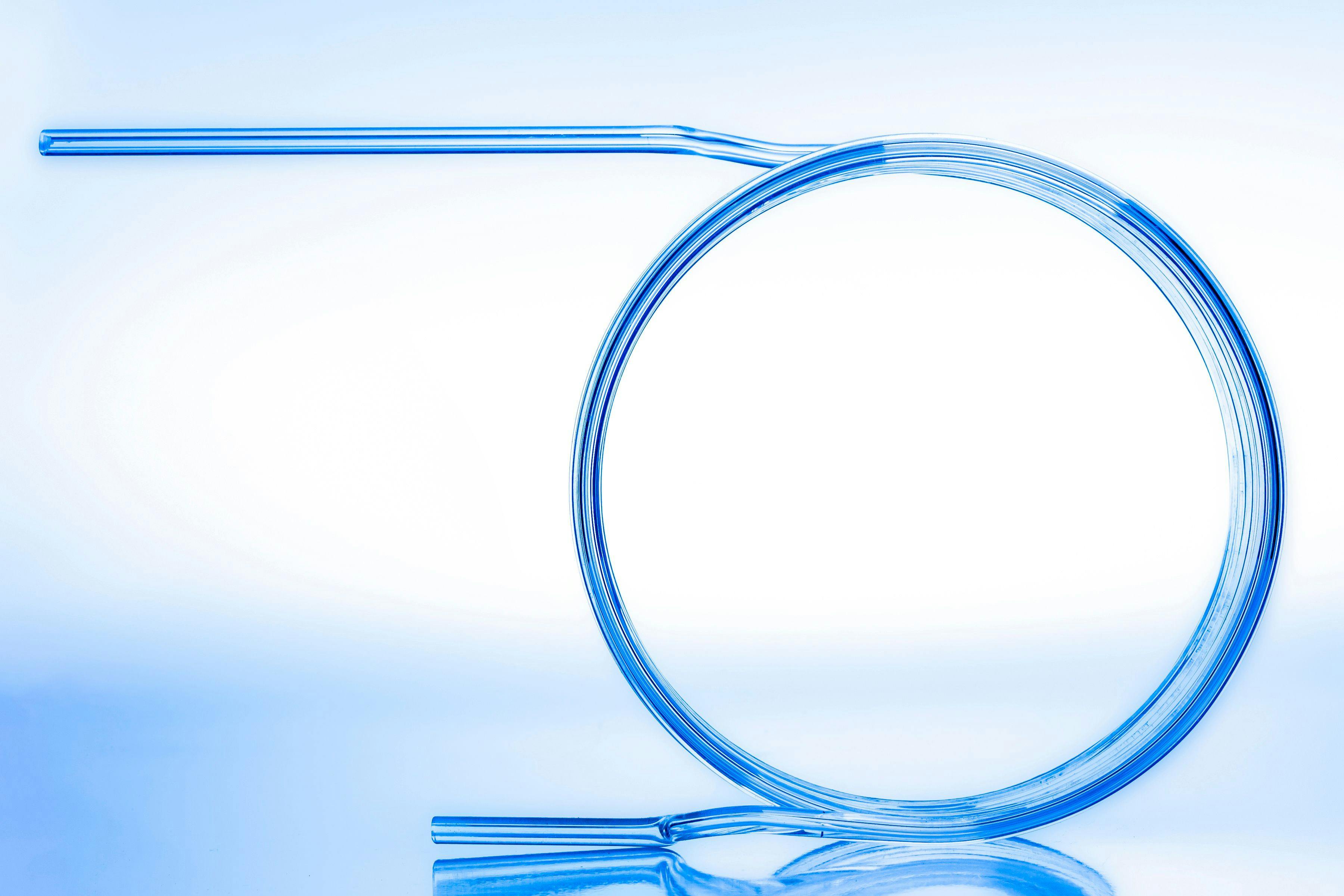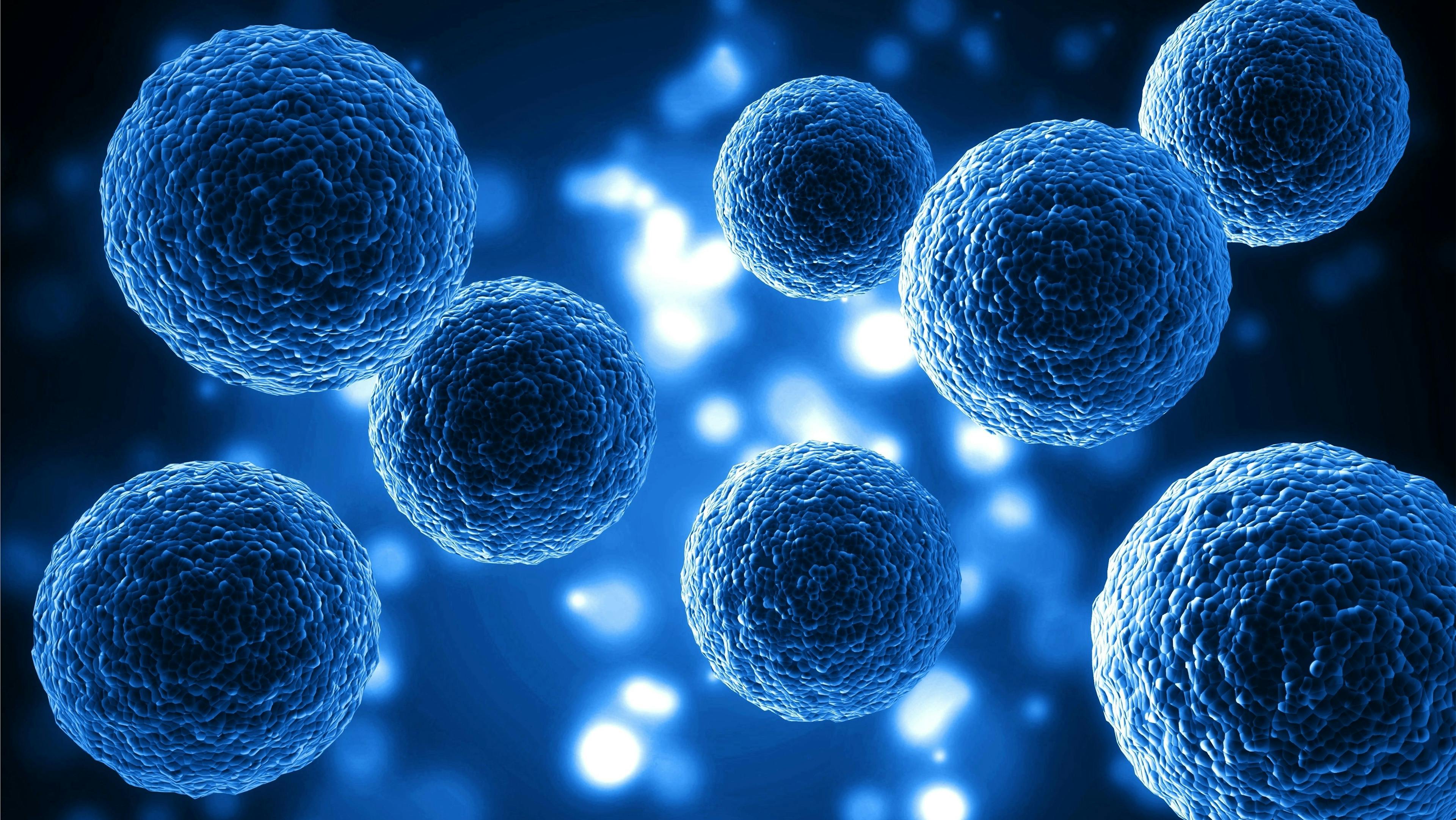A Field Full of Opportunities: Transforming the Future of Separation Science
For four decades, LCGC has served to keep the field connected with new innovations and exciting product lines while concurrently educating new generations of scientists entering the field. Celebration of the 40th anniversary of LCGC allows us to reflect on future opportunities within the field of separation science. Innovations in separation science continue to be driven by important breakthroughs in speed, selectivity, and resolution. Meanwhile, the field of separation science is being advanced by tremendous discoveries in the fields of mass spectrometry (MS) and sample preparation. A recent consensus study report by the National Academies of Sciences offered recommendations to improve the field of separations. Collaborative opportunities with scientists in other fields, such as material science, spectroscopy, and chemical engineering, will serve to address important challenges and advance discoveries in three-dimensional (3D) printing, stationary phase development, and sustainable separation platforms. The recruitment of young, talented entrepreneurs within academia and industry is needed to tackle many of the challenges that exist today and that will emerge tomorrow.
It is an exciting time to be celebrating the 40th birthday of LCGC! There have been many things that have changed over the past couple of years since the start of the Covid-19 pandemic. However, it is also important to appreciate the scientific innovations, particularly in separation science, that have occurred to allow life-saving vaccines and testing platforms to be created in record-breaking times, resulting in many lives being saved. I wanted to begin my contribution by discussing the pandemic and its effect on society because it is important to recognize that scientific discoveries of today may not always be regarded as earth-shattering innovations of tomorrow or the next day, but may be vital in solving challenges years down the road. In doing so, they have very important societal implications.
LCGC has played a very important role in communicating knowledge and ideas to a broad range of separation scientists, ranging from those just entering the discipline to those who have worked in the field for decades. The dedicated editorial staff who manage LCGC, and the respected columnists who write for it, are constantly taking the pulse of the field and are identifying emerging are as to keep the field vibrant and attractive to young scientists entering the field. There are very few scientific disciplines that have had a periodical like LCGC in existence for so many years to help disseminate information on emerging techniques, teach new generations of separation scientists, and allow practitioners in the field to be aware of available stationary-phase and instrument technologies that are often debuted at international conferences.
A Blueprint for Innovation and Success
Innovations in the field of separation science today are continuing to make important breakthroughs in speed, selectivity, resolution, and compatibility with upstream sample preparation approaches and downstream detectors. Rapid innovations in the field of mass spectrometry (MS) continue to drive the development of powerful gas chromatography (GC)–MS and liquid chromatography (LC)–MS systems that are capable of analyzing the most complex samples.
Several years ago, the National Academies of Sciences published a consensus study report titled “A Research Agenda for Transforming Separation Science.” The impetus of this study was to highlight important areas of opportunity within the field of separation science where advancements in new and challenging separations would result in larger economic gains because of lower energy requirements and more efficient processes overall. Although the report discussed separation processes as a whole, there were a number of important recommendations made to improve the field of analytical separations. First, new advancements in material science are expected to drive the development of state-of-the-art materials for separations. We have observed this in the development of core–shell particles for high performance LC (HPLC) and in the development of sub-2-μm particles for ultrahigh-pressure LC (UHPLC). In sample preparation, new advancements in the synthesis of metal-organic frameworks is resulting in high selectivity gains when they are used to extract target analytes from complex samples. Separation systems that exploit external stimuli (for example, light and electrical or magnetic fields) constitute a highly versatile handle to alter selectivity for the capture (or release) of targeted components. As separation systems become more miniaturized, the use of external stimuli may be easier to adopt and couple with other separation mechanisms.
Because samples today are more complex compared to samples decades ago, separation systems should offer high selectivity, capacity, and throughput. In chromatographic separations, many of these aspects can be addressed by stationary-phase composition, column configurations, and choices of mobile phases. I believe imaging studies that fundamentally interrogate the nanoscale ordering of stationary phases and allow the modeling of analyte adsorption and diffusion within the stationary phase are imperative and should continue, especially when combined with new generations of materials. I note the work of Christy Landes of Rice University, Emily Smith of Iowa State University, and Joel Harris of the University of Utah, all of whom have used single-molecule spectroscopy to study these important properties and provide valuable information to chromatographers to enable more efficient separations. Continued efforts in the design and synthesis of more advanced stationary-phase chemistries for GC and HPLC will be important in providing optimal chromatographic selectivities, particularly in very complex samples. Multidimensional separations, particularly two-dimensional (2D)-LC, will continue to provide important solutions for addressing challenging analyses in proteomics, lipidomics, and large-molecule pharmaceuticals.
I would be remiss if I did not mention the importance of adequate sample preparation approaches, when necessary. Advanced stationary-phase materials need to be highly robust so that their performance does not degrade over time. However, subjecting these stationary phases to complex samples not only degrades the performance of the stationary phases and support materials, but also can contaminate detectors. Therefore, new advancements in improved sample preparation approaches that are compatible with chromatographic separations are vital. New emerging areas within the field of sample preparation that have great promise are in the design of advanced materials and in the miniaturization of techniques that use less solvent or external stimuli, such as electric or magnetic fields, to facilitate the capture and release of targeted analytes.
An exciting trend that I believe is important for more widespread adoption of chromatographic separation techniques is the development of portable HPLC systems and miniaturized GC and HPLC systems that take considerably less space to operate. These instruments offer users greater access to high-efficiency separations while enabling high sample throughput. I believe that continued innovations in this area will eventually provide an entire range of scientists the opportunity to take chromatographic systems to the field to perform environmental monitoring instead of obtaining samples and bringing these back to the laboratory for analysis.
Realizing the Potential of 3D Printing Through Collaboration
I also remain excited to see advancements that three-dimensional (3D)–printing technologies will have in the field of separation science. Commercial 3D printers available today are becoming cheaper while offering greater spatial resolution compared to earlier models. In addition, new filaments used in fused deposition modeling and resins in stereolithography printers are continually being introduced into the market, offering users greater control over material properties (flexibility, hardness, and thermal stability) as well as color and solvent compatibility. With the introduction of robust filament extruders, users have greater flexibility in synthesizing customized filament materials for fused deposition modeling to prepare stationary phases, columns, and frits with highly tailorable thicknesses and geometries. In the case of 3D printing based on stereolithography and digital light processing, the design of customized resin materials offers tremendous opportunities for controlling surface morphologies and hierarchical structures using a laser or projector as light sources. It is exciting to envision a future involving the creation of new generations of 3D-printable stationary phases in which their milliscale or microscale ordering can provide desired improvements in selectivity, capacity, and throughput. Also, 3D printing offers users tremendous opportunities in incorporating other components within the separation device, such as embedded permanent or electromagnets, LEDs, or electrodes, just to name a few. Although the robustness of the 3D-printed devices under elevated temperatures, pressures, and solvent conditions are challenges that will need to be overcome, I believe that collaborations between separation scientists and material scientists will be important.
As the world evolves with greater awareness about greener solvents and technologies, separation technologies will also adapt. It is important that the field continue to recruit young, talented entrepreneurs in academia and industry to tackle many of the challenges that exist today and that will emerge tomorrow. There is no doubt that the field of separation science is full of many exciting challenges and opportunities.
Jared L. Anderson is the Alice Hudson Professor of Chemistry at Iowa State University, in Ames, Iowa. Direct correspondence to: andersoj@iastate.edu.


Silvia Radenkovic on Building Connections in the Scientific Community
April 11th 2025In the second part of our conversation with Silvia Radenkovic, she shares insights into her involvement in scientific organizations and offers advice for young scientists looking to engage more in scientific organizations.









